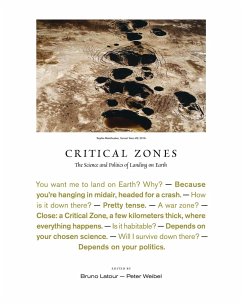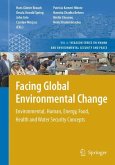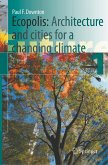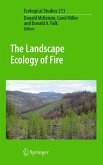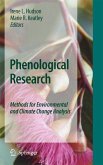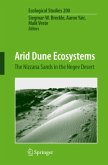Artists and writers portray the disorientation of a world facing climate change.
This monumental volume, drawn from a 2020 exhibition at the ZKM Center for Art and Media, portrays the disorientation of life in world facing climate change. It traces this disorientation to the disconnection between two different definitions of the land on which modernizing humans live: the sovereign nation from which they derive their rights, and another one, hidden, from which they gain their wealth the land they live on, and the land they live from. Charting the land they will inhabit, they find not a globe, not the iconic blue marble, but a series of critical zones patchy, heterogenous, discontinuous.
With short pieces, longer essays, and more than 500 illustrations, the contributors explore the new landscape on which it may be possible for humans to land what it means to be on Earth, whether the critical zone, the Gaia, or the terrestrial. They consider geopolitical conflicts andtools redesigned for the new geopolitics of life forms. The thought exhibition described in this book can opens a fictional space to explore the new climate regime; the rest of the story is unknown.
Contributors include
Dipesh Chakrabarty, Pierre Charbonnier, Emanuele Coccia, Vinciane Despret, Jerôme Gaillarde, Donna Haraway, Joseph Leo Koerner, Timothy Lenton, Richard Powers, Simon Schaffer, Isabelle Stengers, Bronislaw Szerszynski, Jan A. Zalasiewicz, Siegfried Zielinski
Copublished with ZKM Center for Art and Media Karlsruhe
This monumental volume, drawn from a 2020 exhibition at the ZKM Center for Art and Media, portrays the disorientation of life in world facing climate change. It traces this disorientation to the disconnection between two different definitions of the land on which modernizing humans live: the sovereign nation from which they derive their rights, and another one, hidden, from which they gain their wealth the land they live on, and the land they live from. Charting the land they will inhabit, they find not a globe, not the iconic blue marble, but a series of critical zones patchy, heterogenous, discontinuous.
With short pieces, longer essays, and more than 500 illustrations, the contributors explore the new landscape on which it may be possible for humans to land what it means to be on Earth, whether the critical zone, the Gaia, or the terrestrial. They consider geopolitical conflicts andtools redesigned for the new geopolitics of life forms. The thought exhibition described in this book can opens a fictional space to explore the new climate regime; the rest of the story is unknown.
Contributors include
Dipesh Chakrabarty, Pierre Charbonnier, Emanuele Coccia, Vinciane Despret, Jerôme Gaillarde, Donna Haraway, Joseph Leo Koerner, Timothy Lenton, Richard Powers, Simon Schaffer, Isabelle Stengers, Bronislaw Szerszynski, Jan A. Zalasiewicz, Siegfried Zielinski
Copublished with ZKM Center for Art and Media Karlsruhe
A New York Times Best Art Book of 2020
"Critical Zones:The Science and Politics of Landing on Earth is therefore a remarkable oeuvre that guides us to landing, while fomenting critical and active thinking about the current crisis."
Constança Babo, PhD candidate in New Media Art at Universidade Nova de Lusófona, with CIC.Digital / ICNOVA, research fellow at ZKM Hertz-Lab for the project Beyond Matter; Journal of Science and Technology of the Arts, vol. 14
"Critical Zones:The Science and Politics of Landing on Earth is therefore a remarkable oeuvre that guides us to landing, while fomenting critical and active thinking about the current crisis."
Constança Babo, PhD candidate in New Media Art at Universidade Nova de Lusófona, with CIC.Digital / ICNOVA, research fellow at ZKM Hertz-Lab for the project Beyond Matter; Journal of Science and Technology of the Arts, vol. 14

